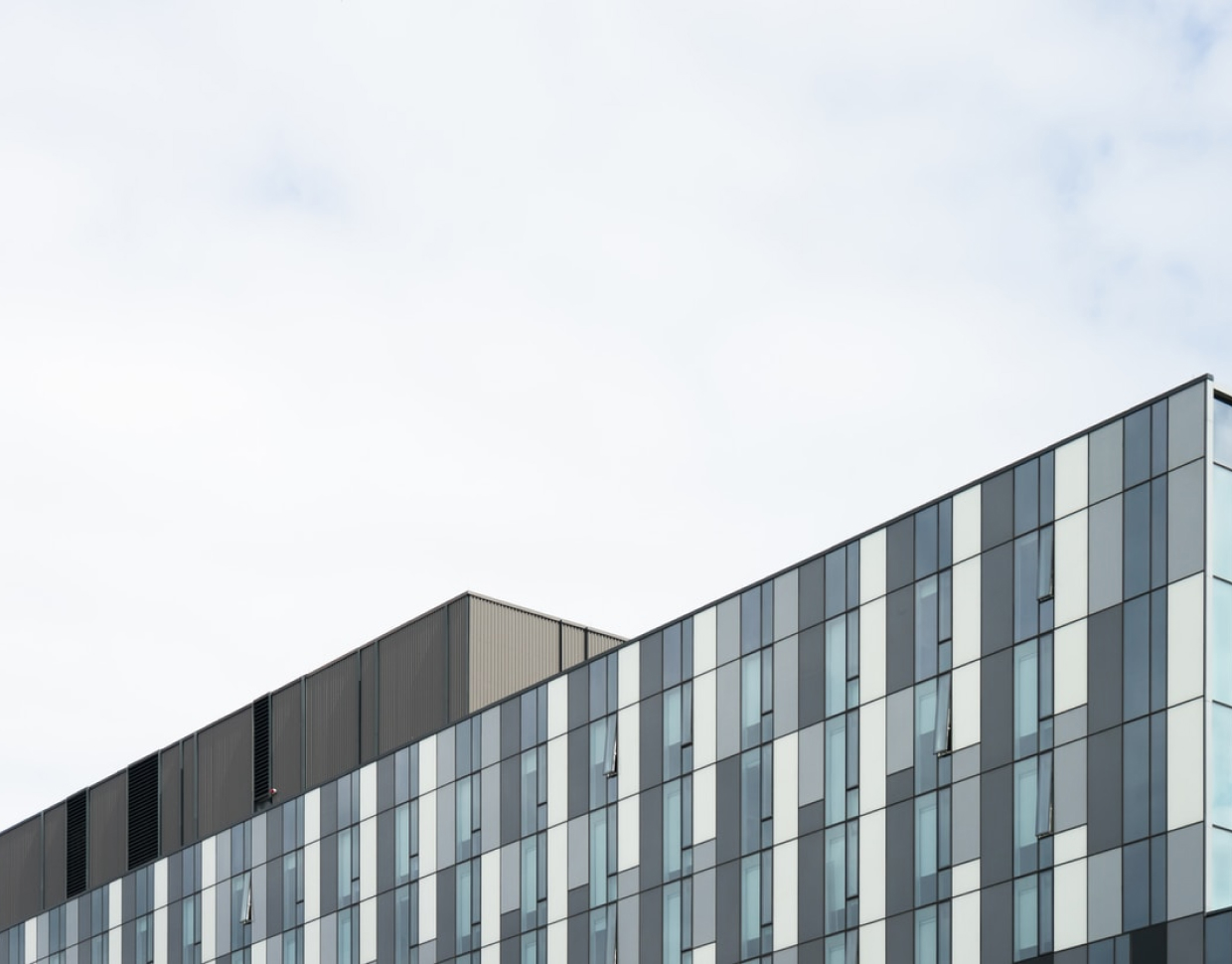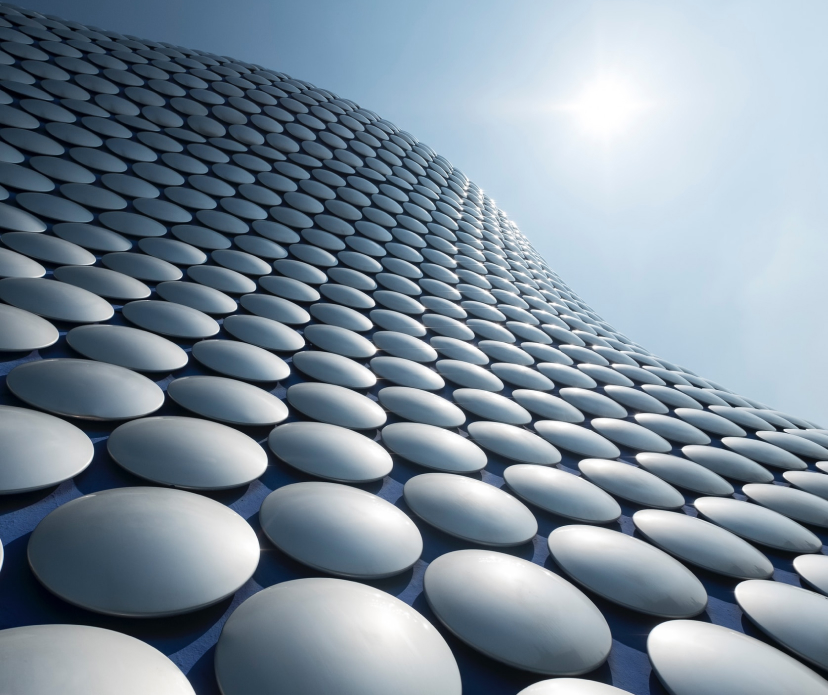Anodizing 101
Anodizing withAluproteck

How anodizing works

1Cleaning
The purpose of the cleaner is to remove grease, dirt, and oils from the surface of the material. A well cleaned surface will ensure there is no foreign substance that will react with the rest of the anodizing line.
2Etching
The etch process is designed to dissolve a thin layer on the surface of the aluminum resulting in a smooth uniform matte finish. The etch can also be used to chemically mill parts and remove minor surface defects. Aluproteck offers both a caustic etch and an acid etch depending on the client’s specifications.
3Anodizing
This step is accomplished by immersing the material into an acid electrolyte bath and passing an electric current through the medium. A cathode is mounted to the inside of the anodizing tank; the aluminum acts as an anode, so that oxygen ions are released from the electrolyte to combine with the aluminum atoms at the surface of the material being anodized.The anodizing film is controlled by the current and time, so proper contact is very important.
4Colouring
At this stage, AC power is used to deposit tin metal into the material. Deposition takes place at the bottom of the pore. The intensity of the color is dependent on the amount of tin deposited and the packing density. Depending on the desired outcome, the material will transform from champagne to bronze to black and pass every shade in between.
5Sealing
Finally, the material is sealed in an elevated temperature hydrothermal seal. This last step is critical to ensure stain resistance and corrosion protection. The sealer ensures the anodized finish will maintain its luster and durability for years to come. The anodized aluminum is then rinsed and is moved to the unload station where quality and packaging specifications are verified.
For Architects
Why work with anodized aluminium?
Applications for Anodized Aluminium
-Exterior Applications
- Curtain wall
- Commercial windows/doors
- Composite/honeycomb/insulated panels
- Rain screens
- Column covers
- Screens
- Garage doors
- Awnings
- Car ports
- Patio covers
- And more
+Interior Applications
- Ceiling panels and grids
- Air vents and duct covers
- Column covers
- Laminate panels
- Store signage
- Produce doors
- Door hardware
- Shelving brackets
- Elevator and kiosk panels
- Desks
- Trade booths
- and more

Why choose anodizingover paint finishing?

Anodizing
Paint
Cost-effective
Durable
Resistant to UV
Easy to maintain
Outdoor use
High traffic areas
Colour options

